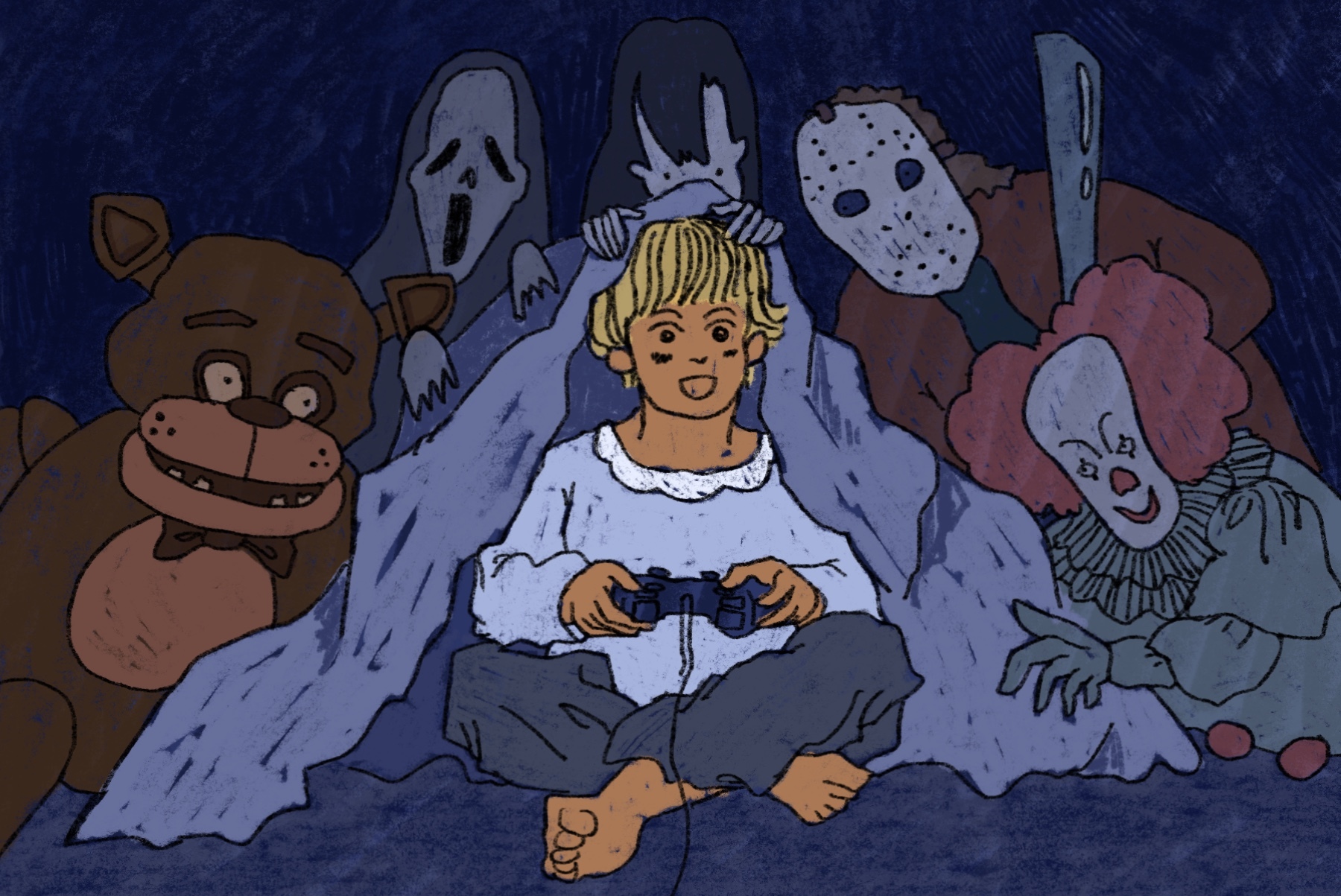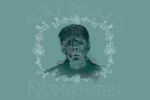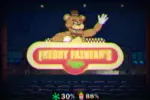Horror and video games have always gone hand-in-hand, scaring millions of players around the world with tense atmospheres, horrifying creatures and the dread of knowing a monster may be around every corner. Though the games were once largely thought to be made for adults, modern horror games have gone through an unusual transformation over the last decade. The medium has become overwhelmed by children, causing many similar types of games to come out that appeal to that demographic. While not necessarily good or bad, this change in the modern horror game landscape is both strange and fascinating.
Horror games have always existed and have always been relatively popular. Landmark titles like Resident Evil and Silent Hill defined the genre with their foreboding atmospheres and variety of creepy monsters. One of the genre’s first major shifts came in 2010 with the release of Amnesia: The Dark Descent. It was praised not only for its atmosphere but also for its restraint. Rather than constantly barraging the player with monsters and chases, encounters with enemies were few and far between. The game often scared the player with the threat of a monster, rather than one actually coming out to chase them.
Most importantly, Amnesia proved that independent horror games could be very successful. This was — in large part — thanks to the rising popularity of video game playthroughs on YouTube. Many YouTubers at the time entertained their audiences with videos of Amnesia, allowing others to experience the game without actually having to play it. Amnesia was a huge success thanks to this, and it inspired many modern horror games to come after it. Its success might have even inspired the video game that would come to define the modern horror genre: Five Nights at Freddy’s.
The Creation of Five Nights at Freddy’s
Created in 2014 by independent game developer Scott Cawthon, Five Nights at Freddy’s went from a game with a small cult following to an internet sensation seemingly overnight. Its gameplay drew from the same philosophy as Amnesia, having the player monitor murderous Chuck E. Cheese-esque animatronics over security cameras. Its scares were infrequent, but the dread of knowing you could be scared at any time made them all the more effective.
Much like Amnesia, Five Nights at Freddy’s drew in a huge audience thanks to YouTubers. This is perhaps the most important factor in why Five Nights at Freddy’s primary audience is children. YouTubers would often populate their videos with bombastic thumbnails and overdone reactions that drew in younger audiences. The game was frightening, but it had nothing so grotesque that kids couldn’t look at it. It drew on a childlike idea — animatronic restaurant characters — but presented a dark twist to them.
Thanks to all these components, Five Nights at Freddy’s was massively successful, with sequel games, books, spin-offs, toys and all sorts of official merchandise. The game’s extreme success also influenced a number of imitation and fan games; it wouldn’t be far off to say that the game single-handedly redefined horror. These imitations also made some strange quirks, originally unique to Five Nights at Freddy’s, so ubiquitous with horror games that they can now be considered standards for the genre.
The Rise of Trend Chasing in Horror Games
The most obvious quirk is appealing to children. Many horror games that draw from Five Nights at Freddy’s, like Bendy and the Ink Machine, Poppy Playtime and Tattletail, have the same idea and theme. They focus on run-down children’s attractions and toys turned murderous and use different ideas to try to entice the same audiences, primarily by not showing anything too gruesome for children. The plots often involve mature ideas like murder, but rarely depict anything on-screen that would scare off their primary audience.
Similarly, the plots tend to draw on aspects that Five Nights at Freddy’s popularized. These modern horror games tend to have obfuscated, almost nonsensical plots, with the story instead being hidden in so-called “deep lore,” forcing players to play the game continuously, find hidden secrets and even go outside of the game itself to figure out the true plot. This forces ongoing engagement and interest by increasing the game’s playtime and flooding the internet with theories about what the true story might be.
Perhaps the strangest trend to come out of these Five Nights at Freddy’s-inspired games, though, is the obsession with becoming a franchise. The aforementioned Bendy and the Ink Machine and Poppy Playtime had official merchandise before the projects were complete. Hello Neighbor, yet another derivative survival horror game, also forced its way into becoming a franchise with books and merchandise, despite being very poorly received when it came out.
This trend-chasing is not a new phenomenon in video games, but it’s stuck around for so long that it’s beginning to look less like a trend and more just what modern horror games are now. While those who enjoy this formula should be enthusiastic, others might be let down by the lack of originality. This obsession with pulling in a prepubescent fanbase and pushing out merchandise as soon as possible can certainly be off-putting, and make developers seem more interested in making a quick buck than making something truly great. Not only that, but new trends in horror games tend to wear themselves out quickly due to this trend-chasing; this can be seen with the concept of liminal spaces, another idea that has oversaturated the market.
The landscape of modern horror games can’t be classified as good or bad; while the lack of originality can be frustrating, it’s good that independent developers are finding avenues to make money. At the same time, it’s pushed horror games into a strange situation where obsessive trend-chasing and fixation on making money tend to drown out original ideas. More than anything, children are fickle, and their tastes can change from one day to another. Given that developers of modern horror games need to meet their demands to stay afloat, these games could stay like this for a long time or change completely tomorrow.

















